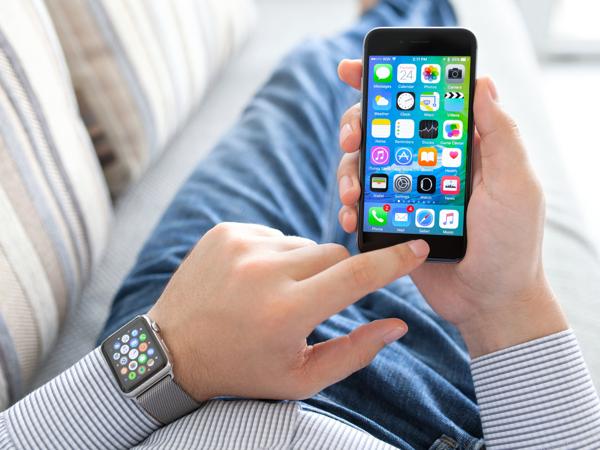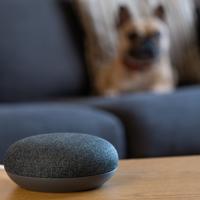In our tech-savvy world, wearable technology has found its place as a part of our daily life. Among these, smartwatches are leading the march toward a more connected and health-conscious lifestyle. When looking at smartwatches, two names often come up: the Apple Watch and the Samsung Galaxy Watch. Both offer a rich variety of features, but deciding which is right for you isn't straightforward.
Design and Build
The Apple Watch is known for its sleek, rectangular design and a variety of interchangeable bands. It feels like a digital companion on your wrist, providing a display that's crisp and vibrant. The current model, Apple Watch Series 8, retains a design philosophy that balances modernity and simplicity. The customizable watch faces add a personal touch, allowing users to express themselves subtly.
Meanwhile, the Samsung Galaxy Watch favors a more classic, circular design, reminiscent of traditional watches. The Galaxy Watch 5, the latest in its lineup, continues this trend with a sophisticated look designed to appeal to those who value aesthetics. Samsung offers a rotating bezel in some models, giving a tactile way to interact with the interface—a feature that many find intuitive and satisfying.
Health and Fitness Tracking
Both watches come with essential health-tracking capabilities. The Apple Watch shines with its comprehensive health app integration and advanced health sensors. It offers ECG, blood oxygen level monitoring, and even a temperature sensor in its Series 8 model. Apple aims to provide a seamless health monitoring experience.
The Samsung Galaxy Watch also puts a significant emphasis on health. Besides heart rate monitoring and ECG, it includes a body composition analysis feature. This capability stands out as it provides insights into aspects such as body fat percentage and muscle mass. Samsung Health, the accompanying app, is intuitive and thorough, though some might find its interface more complex than Apple's.
Operating System and Compatibility
Apple Watch runs watchOS, which integrates seamlessly with iOS devices. This smooth synchronization allows users to manage notifications, calls, and music from their iPhone. The ecosystem, albeit closed, is famous for its stability and ease of use.
On the other hand, the Samsung Galaxy Watch runs on Wear OS. Its compatibility extends across both Android and iOS devices, although optimal performance is with Samsung and Android phones. Wear OS allows a high level of customization and access to Google services, which many Android users appreciate.
Battery Life and Performance
In terms of battery life, the Galaxy Watch generally has an edge. It can last up to two days, depending on usage. Samsung has consistently focused on enhancing the battery performance with each iteration, which can be a deciding factor for many buyers.
The Apple Watch, in comparison, usually lasts about a day. Its focus seems to be more on optimizing performance over prolonging battery life, with a quick charge feature to complement usage patterns.
Price and Value
Both brands position their smartwatches in the premium market segment. The Apple Watch typically comes with a higher price tag, reflecting its integration with the Apple ecosystem and advanced health features. Given Apple's reputation, many users find the cost justified.
The Samsung Galaxy Watch offers different price points depending on the model, sometimes slightly undercutting Apple’s prices. The value here is in its versatility and wide compatibility, making it appealing for Android users.
Conclusion
Choosing between the Apple Watch and Samsung Galaxy Watch often narrows down to personal preferences and ecosystem considerations. If you are deeply embedded in the Apple ecosystem, the Apple Watch offers an unbeatable integration. However, if you're looking for a device with extended compatibility and strong battery performance, the Samsung Galaxy Watch is worth considering.
Ultimately, both devices have their strengths, and it's these nuances that make them leaders in wearable technology. Your choice should align with your lifestyle needs and tech ecosystem.


